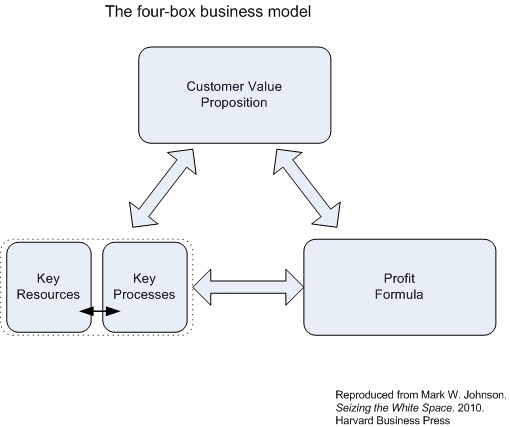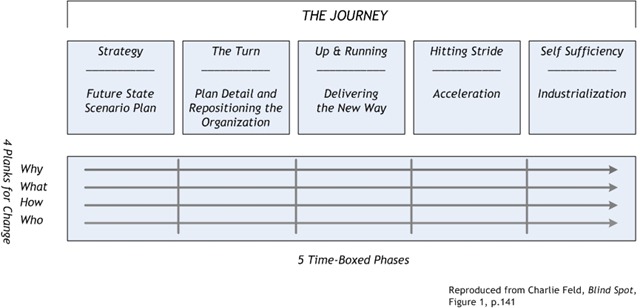
I’m becoming a fanboy of Bob Sutton, an engineering professor at Stanford who co-founded the d.school there. It started when i read The Knowing-Doing Gap : How Smart Companies Turn Knowledge into Action, which he co-authored with organizational theory icon Jeff Pfeffer. In 2007, he wrote The No Asshole Rule, which became a NY Times bestseller and was judged among the best business books in 2007. In between, he’s written a variety of books and articles, and an excellent blog, Work Matters, on management and organizational issues in today’s economy. Bob was kind enough to send me an advance copy of his newest book, Good Boss, Bad Boss, which is due to hit shelves early next month.
In Good Boss, Bad Boss, Sutton turns his attention and preference for evidence-based insights to the "authority figure that has direct and frequent contact with subordinates–and who is responsible for personally directing and evaluating their work." The quality of your boss, or your own quality as a boss, makes a huge difference in both the quality of work that gets done and the quality of the working environment. We all want to work for good bosses, presumably most of us aspire to be good bosses as well. Sutton adroitly mixes the substantial body of empirical evidence differentiating good bosses from bad bosses with effective stories and cases. He makes a case that it is possible to become a better boss for those who wish to make the effort. Substantial and continuing effort, to be sure, but possible.
Sutton does have one core bias, a bias that I share. In his view, "bosses ought to be judged by what they and their people get done, and by how their followers feel along the way." The heart of the book is a series of chapters reviewing what the best bosses do. The chapter titles offer a good clue to both their content and Sutton’s perspective:
- Take Control
- Strive to be Wise
- Stars and Rotten Apples
- Link Talk and Action
- Serve as a Human Shield
- Don’t Shirk from the Dirty Work
- Squelch Your Inner Bosshole
Obviously, no book on its own is going to make anyone a better boss. Becoming a better boss, like any skill, is a matter of good practice and good feedback. What Sutton offers in Good Boss, Bad Boss is a well organized and well justified collection of practices and ways to sense how well those practices are working. I found myself dog-earring pages, scribbling notes in the margins, and picking up new tidbits each time I went through the book. It reads smoothly and easily; yet it’s also densely packed with insights and actionable advice. As one example, let me share Sutton’s
|
11 Commandments for Wise Bosses |
| 1. Have strong opinions and weakly held beliefs |
| 2. Do not treat others as if they are idiots |
| 3. Listen attentively to your people; don’t jut pretend to hear what they say |
| 4. Ask a lot of good questions |
| 5. Ask others for help and gratefully accept their assistance |
| 6. Do not hesitate to say, "i don’t know." |
| 7. Forgive people when they fail, remember the lessons, and teach them to everyone |
| 8. Fight as if you are right, and listen as if you are wrong |
| 9. Do not hold grudges after losing an argument. Instead, help the victors implement their ideas with all your might |
| 10. Know your foibles and flaws, and work with people who correct and compensate for your weaknesses |
| 11. Express gratitude to your people |
Spiderman may offer the best summary of this book - "with great power comes great responsibility." Good or bad, bosses are always on stage; their every move and utterance scrutinized. Being a good boss requires self-knowledge and self-awareness to an extraordinary degree. It also requires a keen sense for balance and for timing.
Other books by Bob Sutton
- Hard Facts, Dangerous Half-Truths And Total Nonsense: Profiting From Evidence-Based Management
- The Knowing-Doing Gap : How Smart Companies Turn Knowledge into Action
- Weird Ideas That Work: 11 1/2 Practices for Promoting, Managing, and Sustaining Innovation
- The No Asshole Rule: Building a Civilized Workplace and Surviving One That Isn’t











![Reblog this post [with Zemanta]](http://img.zemanta.com/reblog_e.png?x-id=b629bdcf-db69-46ff-8132-527da6c018a1)


![Reblog this post [with Zemanta]](http://img.zemanta.com/reblog_e.png?x-id=a8c33c3f-fafc-40cd-b6a9-e207ba66818c)

![Reblog this post [with Zemanta]](http://img.zemanta.com/reblog_e.png?x-id=7690ab24-71e1-45e4-a22b-30595ed8e0fc)